
The project “Kot nekoč Küzmič” connects the municipalities of Puconci in Slovenia and Szakonyfalu in Hungary. It has captivated many participants who gathered to celebrate the rich cultural and historical heritage of the Prekmurje reformer Števan Küzmič. Funded by the European Union through the Interreg Slovenia-Hungary 2021–2027 program, the project is designed to strengthen cross-border cooperation, foster the exchange of cultural experiences, and preserve shared values and traditions.
A Successful Project Launch in Puconci
The first phase of the project took place on September 28, 2024, in the municipality of Puconci, where more than 200 participants gathered, including visitors from Hungary who traveled from the municipality of Szakonyfalu. The event was warmly opened by the director of the Development Institute of the Municipality of Puconci, Ksenija Flegar. The event was attended by the mayor of Puconci, Uroš Kamenšek, both deputy mayors Ludvik Novak and Branko Ritlop, the mayor of Szakonyfalu, Valéria Rogán, and the president of the Slovenian Union in Hungary, Andrea Kovács. The event was dedicated to preserving the memory of Števan Küzmič, a key Prekmurje literary figure and reformer who significantly influenced both sides of the border. Visitors toured historical sites related to Küzmič, including his Memorial House in Puconci, the church named after him in Bodonci, and his monument in Strukovci, where a short cultural ceremony took place. As part of the program, attendees viewed an exhibition on the life of Števan Küzmič, which showcased his works and influence on both sides of the border. A highlight of the exhibition was the display of Prekmurje-language books, including all five editions of the New Testament, translated by Küzmič into Prekmurje dialect, significantly contributing to the preservation and development of the Prekmurje language and culture. These exhibitions added depth to the event, connecting participants with the rich cultural heritage that Küzmič’s work still represents today. The peak of the event was a performance at the Sports and Recreation Center in Strukovci, featuring various cultural and artistic groups from Slovenia and Hungary. The audience was delighted by the performances of the folk singers Irmice, students from the Virtuoz Music School, the Slavist Society of Prekmurje, Prlekija, and Porabje, as well as a Hungarian folk group. The dynamic performance by the music band STOP rounded off the diverse program, providing a lively conclusion to the first part of the event. Alongside the main event, a market showcasing local products was held, where visitors could purchase items such as wine, honey, gingerbread, handcrafted textiles, homemade pasta, bird feeders, and pottery. The event was multilingual, held in Prekmurje dialect, Slovenian, and Hungarian. It was broadcast live on Murski Val Radio, with a report also aired on TV AS, ensuring that the content reached a wider audience.
Continued Cooperation in Szakonyfalu
The second part of the “Kot nekoč Küzmič” project took place on October 19, 2024, in Szakonyfalu, Hungary. This event was equally rich in content, commemorating the strong historical ties between the regions. Slovenian participants were warmly welcomed by the mayor of Szakonyfalu, Valéria Rogán, and local residents. After the reception, they traveled to the nearby village of Nemescsó, where a local pastor guided them through the historical connections between Küzmič and the area. Števan Küzmič studied and taught in Nemescsó, and his work contributed significantly to the preservation of Prekmurje’s cultural heritage and the spread of the Reformation. Following the visit to Nemescsó, participants explored the town of Kőszeg, where they enjoyed the autumn fair showcasing local crafts and cuisine. The event later returned to Sakalovci, where a celebratory ceremony was held at the local cultural center. It featured the national anthems of both Slovenia and Hungary, and speeches by the mayors of Puconci and Szakonyfalu. Both speeches highlighted the importance of preserving the shared cultural heritage and the necessity of cross-border cooperation, which not only connects the regions but also maintains the common history and identity. A special highlight of the event was the performance by the family group Družina poje from Vadarci, who symbolically united both cultures through song. They performed a traditional Hungarian song adapted into Slovenian and Prekmurje dialects, captivating the audience and emphasizing the cultural connection between the two nations. Young singers Vanessa and Stefania also impressed with Slovenian and Hungarian songs.
Cultural Heritage as a Bridge Between Two Nations
The “Kot nekoč Küzmič” project focuses on strengthening ties between Slovenia and Hungary with an emphasis on cultural heritage and shared history. In addition to the celebratory events, visitors had the opportunity to view an exhibition on the life and work of Števan Küzmič. This exhibition in Szakonyfalu was enhanced by artistic creations from students of Puconci Elementary School and creative workshops, such as making flowers from crepe paper, further enriching the event. The event concluded with a traditional Hungarian lunch, where participants continued to exchange ideas and strengthen ties. Despite historical differences and borders that once separated the regions, projects like this are rebuilding bridges of friendship, cooperation, and mutual understanding. We look forward to future events that will continue to uphold the spirit of cooperation and friendship between Slovenia and Hungary, deepening connections based on shared heritage and traditions.
Photos by Kot nekoč Küzmič




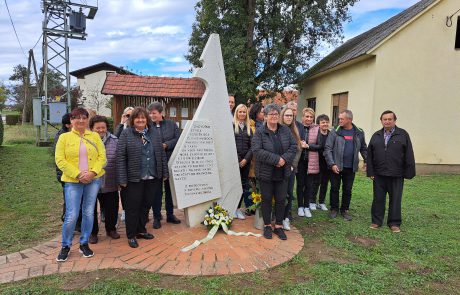

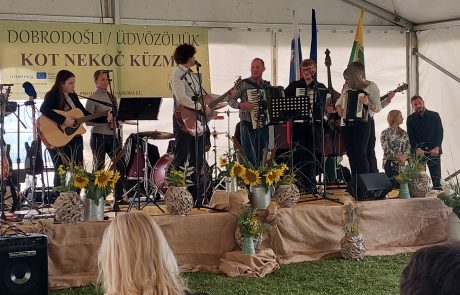



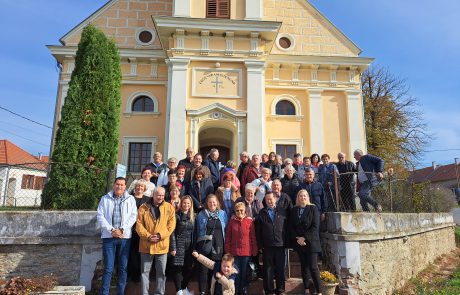

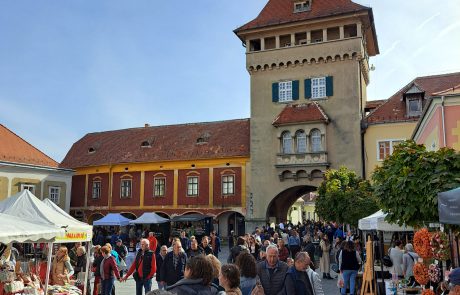



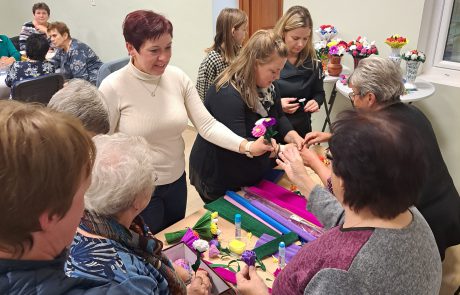

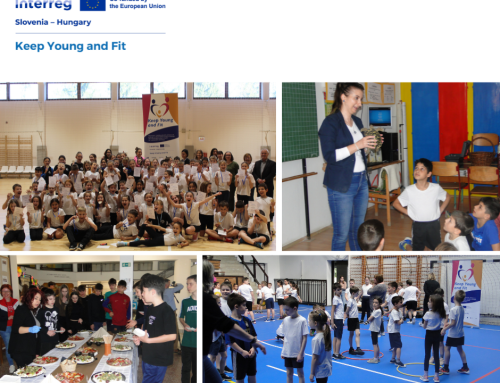
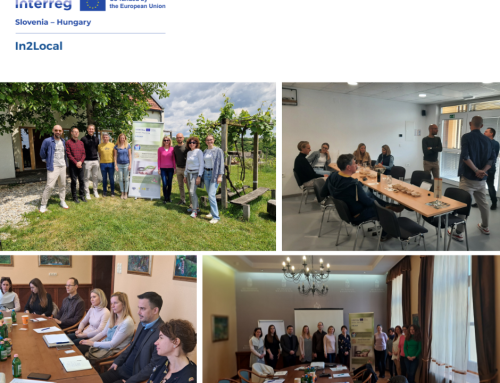

Leave A Comment